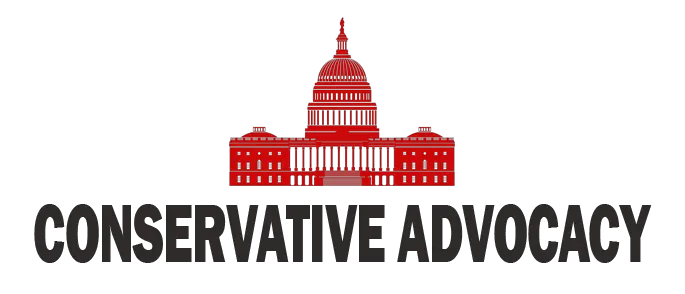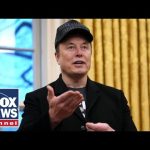Under President Biden’s administration, inflation became a dominant economic issue, peaking at 9.1% in mid-2022 before gradually declining to 3% by the end of his term. However, this decline has not alleviated frustrations among Americans, as rising costs have eroded purchasing power and strained household budgets. The Biden administration faced criticism for its expansive fiscal policies, such as the American Rescue Plan and the Inflation Reduction Act, which many argue contributed to inflationary pressures through increased deficits and government spending.
Now, with President Donald Trump back in office, inflation remains a persistent challenge. The Consumer Price Index (CPI) rose by 3% year-over-year in January 2025, marking a slight uptick from December. Trump has been quick to blame his predecessor for the current state of the economy, labeling it “Biden inflation” and pointing to what he describes as mismanagement during the prior administration. However, critics argue that Trump’s policies—such as reinstating tariffs on Chinese imports and increasing duties on metals—could exacerbate price pressures by raising production costs for American businesses.
The political blame game over inflation reflects broader divisions in economic strategy between Democrats and Republicans. Democrats have often attributed inflation to global factors like supply chain disruptions and geopolitical events, such as Russia’s invasion of Ukraine. They also argue that corporate greed has played a role in price hikes, particularly in sectors like energy and food production. Republicans, on the other hand, emphasize the impact of government spending and fiscal mismanagement under Biden, while promoting tax cuts and deregulation as solutions to stimulate growth and reduce costs.
Despite these partisan narratives, economists caution that inflation is influenced by a complex interplay of factors beyond any single administration’s control. Global supply chain issues, labor market tightness, and energy price volatility continue to shape the economic landscape. While Trump campaigned on promises to “end inflation” immediately upon taking office, his administration now faces the same challenges that plagued Biden’s presidency. Critics warn that some of Trump’s proposed measures, such as aggressive tariff policies and calls for interest rate cuts, could undermine efforts to stabilize prices.
As both parties grapple with the political fallout of inflation, there is growing public demand for practical solutions rather than finger-pointing. Americans are looking for policies that address core economic concerns—such as affordable housing, energy independence, and wage growth—without exacerbating fiscal imbalances or stoking further inflation. Whether Trump can deliver on his promises or whether Democrats can recalibrate their approach remains to be seen. What is clear is that inflation will remain a central issue shaping political discourse and voter sentiment in the years ahead.




